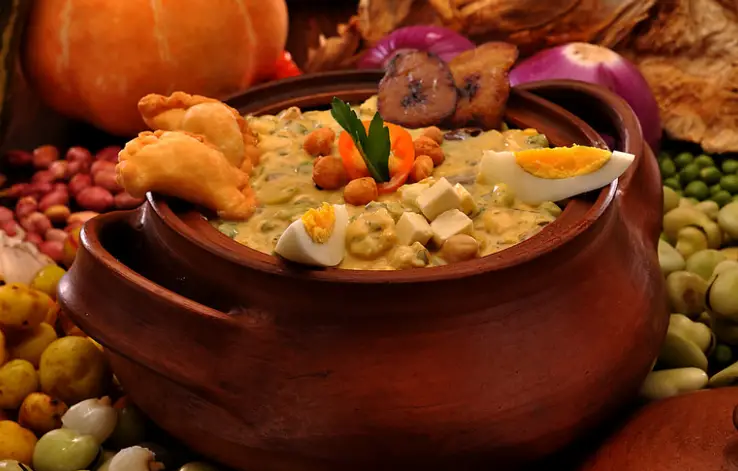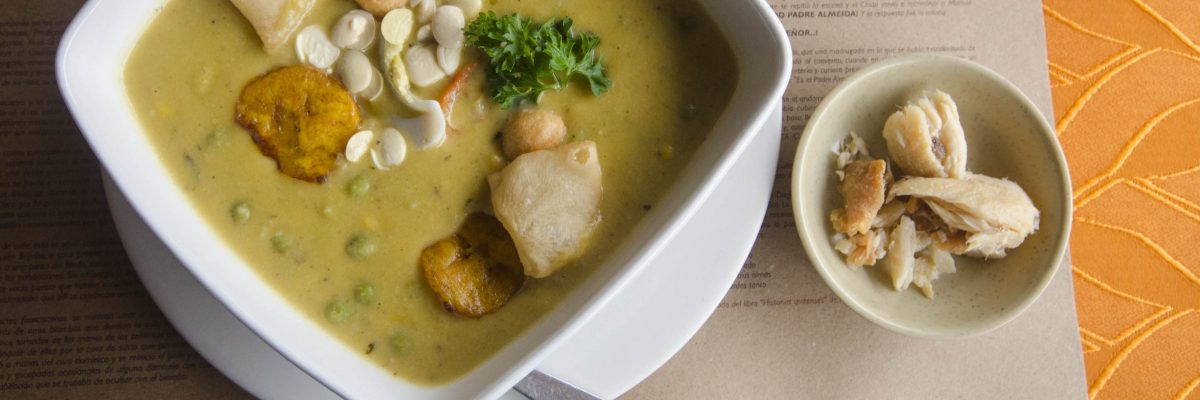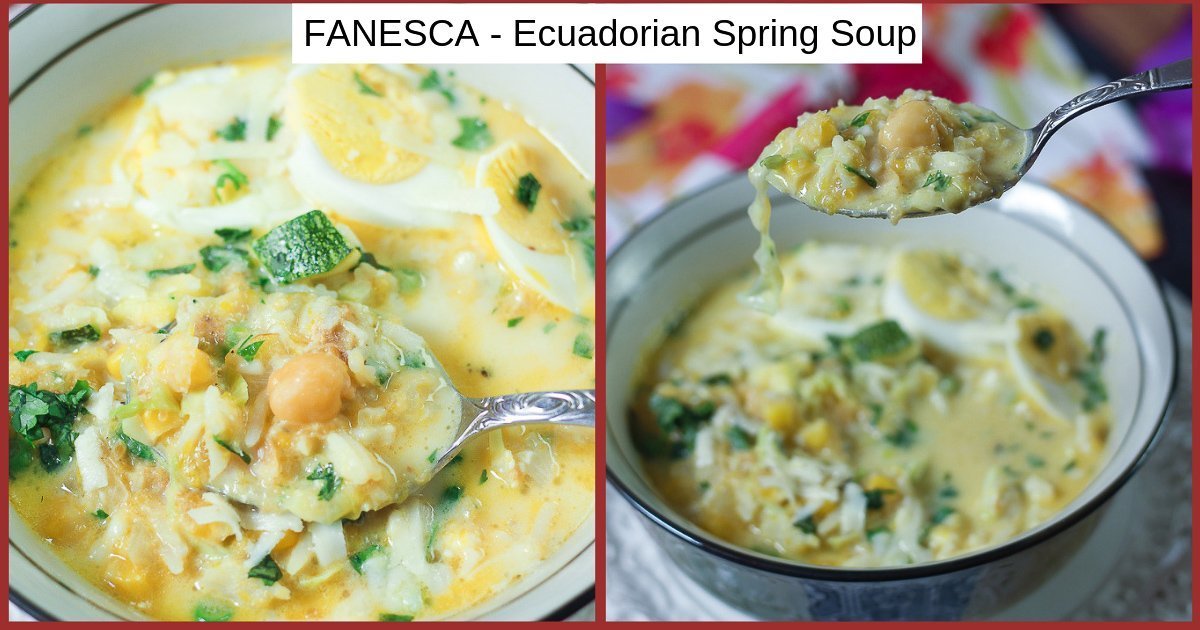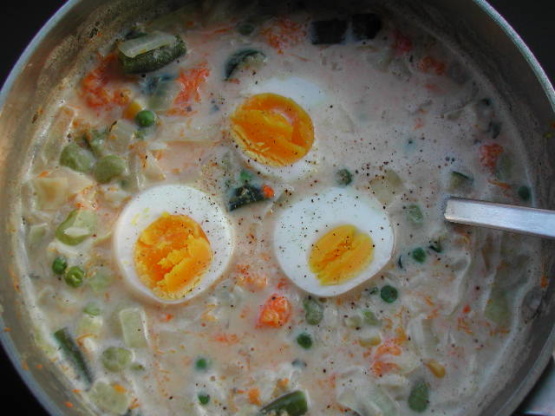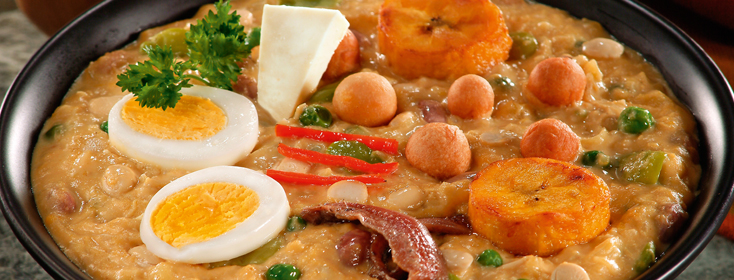Fanesca
fanesca ecuatoriana, easter soup
Fanesca is a soup traditionally prepared only on Easter Sunday and is eaten by households and communities in Ecuador. This dish is an Ecuadorian tradition that is prepared to give thanks to God for the food provided and blessings. The indigenous people who occupied the territory of Ecuador celebrated the Muchuc Nina in the season that corresponds to March, where they grilled tender grains with Andean pumpkins taking advantage of the beginning of the young harvest. The Mushuc Nina was celebrated to commemorate the equinox solstice, when the sun takes a perpendicular position on the equinoctial line, erasing all shadows. The indigenous people prepared for this festival by fasting and abstaining from sexual activity. The indigenous people's culinary preparation with tender grains and Andean pumpkins on New Fire Day became known as Uchucuta, a Quichua phrase that means tender grains cooked with chili and herbs, probably accompanied by wild guinea pig meat. During the colony's evangelizing period, the Spaniards mixed Catholic symbols and beliefs with indigenous components in order to accomplish cultural miscegenation. In the case of Holy Week, the Spaniards combined the commemoration of Jesus Christ's death, passion, and resurrection with the indigenous Muchuc Nina ritual, creating a preparation based on tender grains, which with the influence of the conquerors includes this stew some grains, dairy products, and salted and dried fish to avoid decomposition. The Spaniards add beans, lentils, and peas into the gastronomic portion, which strengthens trade between the mountains and the shore, allowing products such as bananas, peanuts, and fish to be found in mountain areas, aspects that are part of the Fanesca. By the 19th century Quito was already celebrating Holy Week with the dish technically known as Fanesca, which would become an essential component of the event. The oldest reference to a Fanesca recipe could be from 1882, described by Juan Pablo Sanz in his book "The Cook's Manual"
Source: Wikipedia
Recipes

Fanesca - Traditional and Authentic Ecuadorian Recipe | 196 flavors

Fanesca or Ecuadorian Easter soup recipe - With step by step photos

